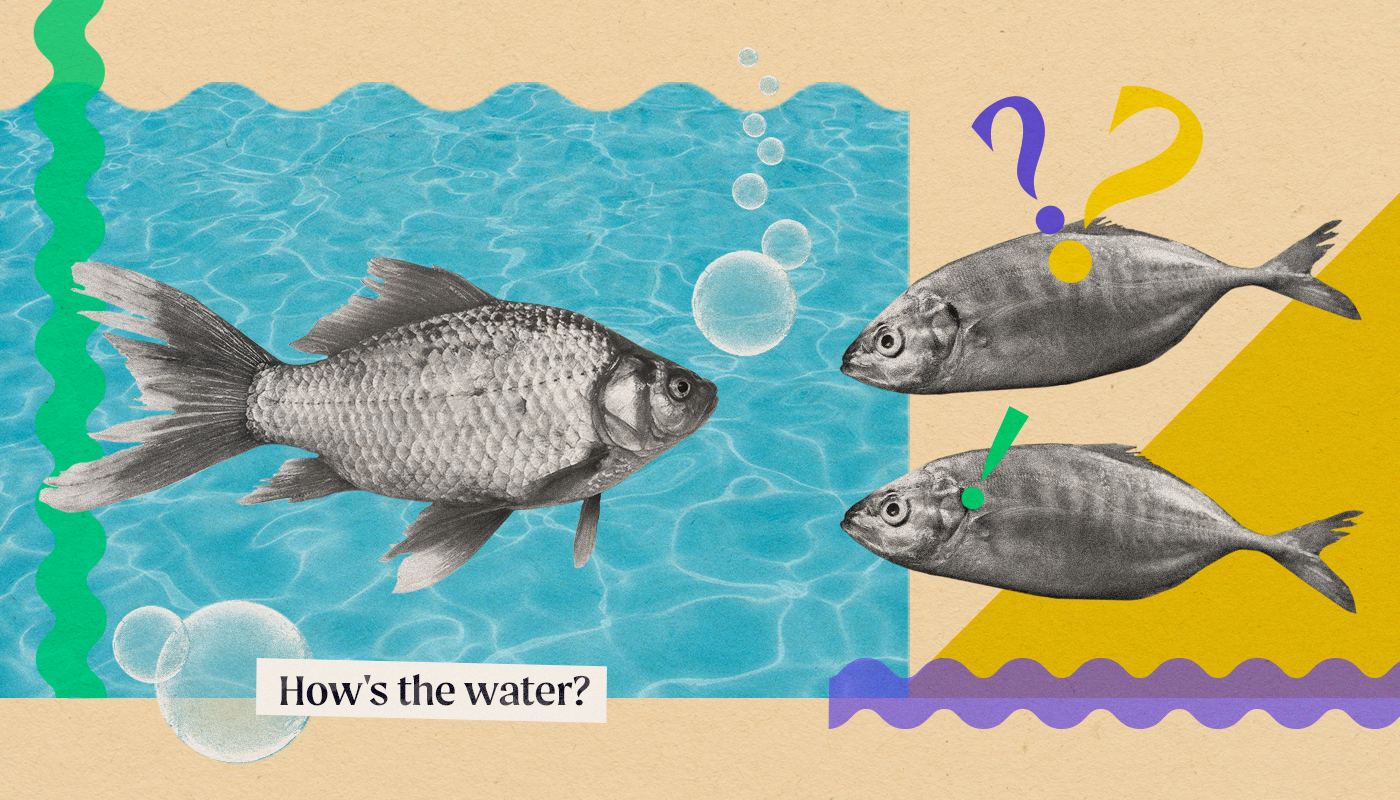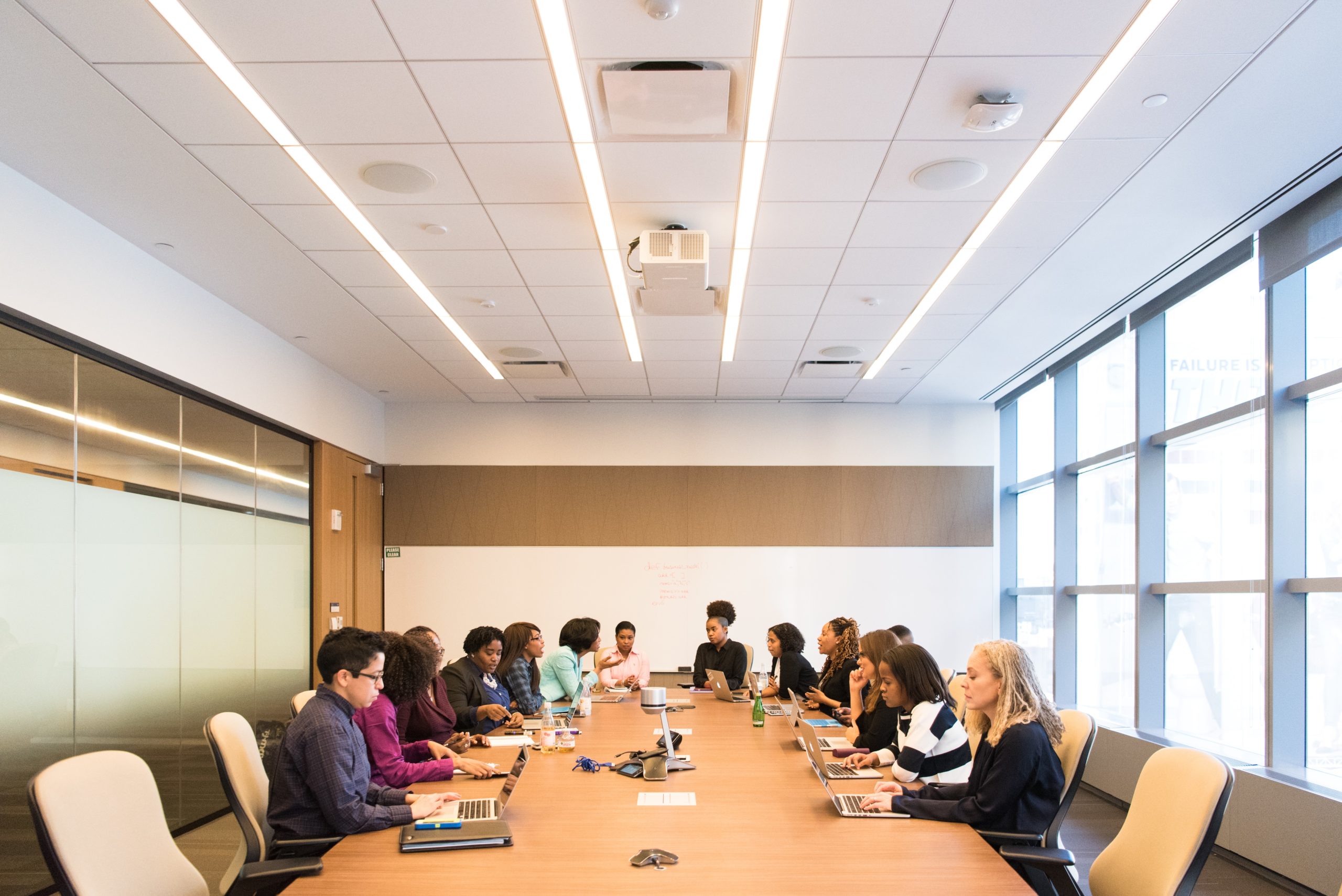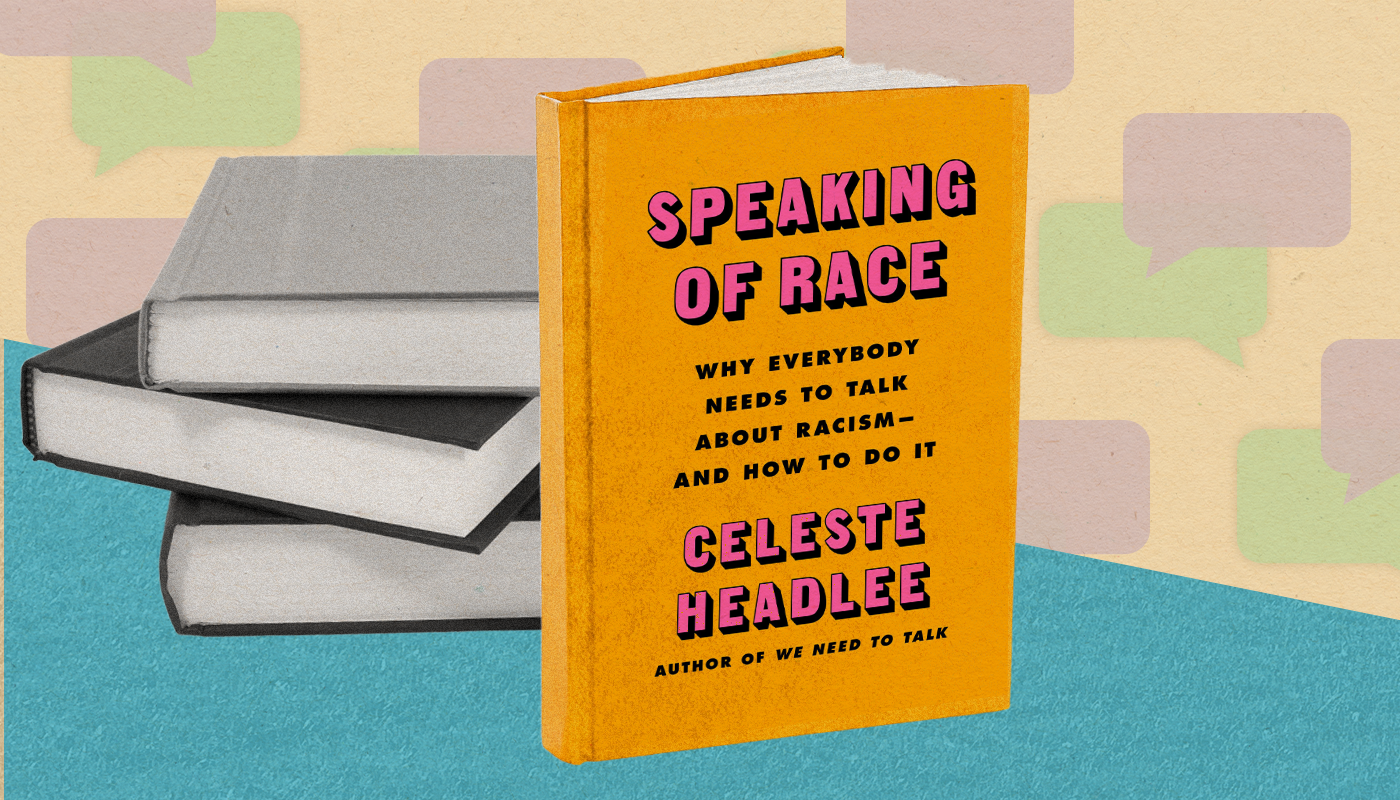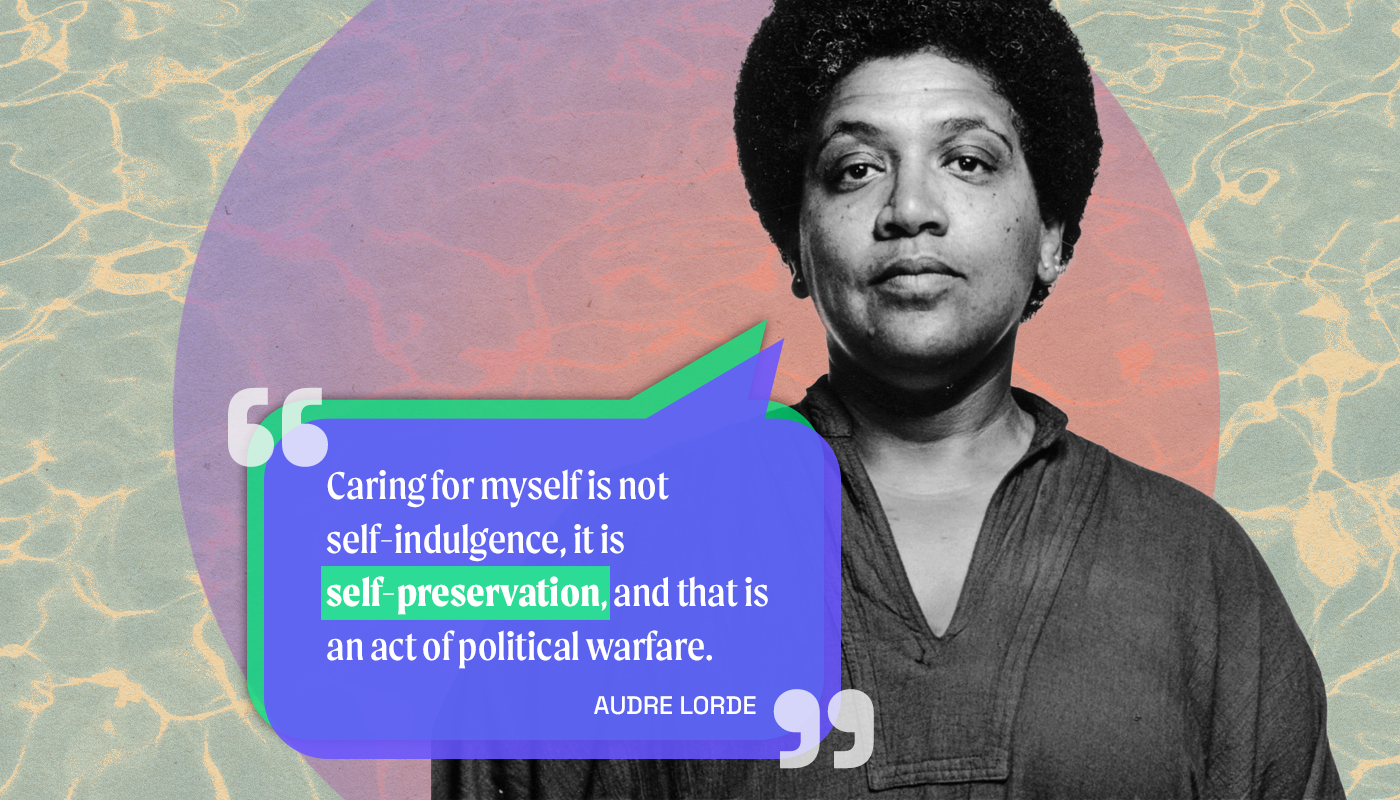Welcome to Includr
Supercharge your teams by developing inclusive behavior.

There are two young fish swimming along when they come across another fish, who nods and says:
“Morning folks— How’s the water?”
The two fish continue to swim on until one of them looks over at the other and asks:
“What the hell is water?”
The challenge
See the water around you

As a society, we have plenty to address collectively to be more inclusive—barriers to connection exist everywhere. Political polarization in the US has rarely ever been as high as it is now. Loneliness continues to grow amongst the young and old alike. US cities are not just segregated by where people live but also where they move throughout the day to work, eat, and socialize. Furthermore, the pandemic prompted immense harm and loss, and for many, feelings of isolation amidst it all— exacerbating social disconnection rooted in existing systemic barriers.
It can be challenging to prioritize inclusion in times like these. The pain of the last year is still quite present, and the “water” might be hard to see in our everyday hustle. Inertia is strong, but informed actions are stronger.
As our cities navigate the potential of post-pandemic operations, ![]() we have the opportunity to slow our daily behavior and consider the systems that influence it.
we have the opportunity to slow our daily behavior and consider the systems that influence it.
The opportunity
Establishing a new “normal” post-pandemic, starting now
We learn from what we turn our attention towards. These unprecedented circumstances of the last year prompted many to reassess how we work together. People want to do the work to be more inclusive across industries and in their own lives.
Now, as we continue to navigate the effects of the pandemic, the Includr.org team is here to help you establish a new, more inclusive way of doing things. Includr.org is designed to help you look around your workspace (virtual or otherwise) and learn to see what influences your and your teammates’ behavior. Our own team is composed of inclusion researchers, advised by social science experts, and powered by the Andrew Nikou Foundation. Together, we aim to unpack ways to develop inclusion in your workspaces, enhance your relationships, make people feel valued and respected, and increase awareness of knowledge gaps in the process. Conversely, emotionally distressing and toxic workplace environments not only impact mental health but cause emotional exhaustion.
Feeling relief at having gotten my first dose of the vaccine but anxiety at people already acting like we’re expected to go back to “normal” when that normal didn’t work for so many of us.
— Natalia Sylvester is on hiatus & mermaiding (@NataliaSylv) March 10, 2021
In this Tweet, Natalia encapsulates the anxiety many people feel as more businesses and offices open back up to in-office work.
“Normal” isn’t and wasn’t ever good enough for many before the pandemic. Inflexible hours that hindered work-life balance and posed difficult decisions around child care were considered “normal.” Physically and virtually inaccessible workspaces that limited options for people with disabilities and chronic illnesses were “normal.” While the pandemic may have forced companies to partially address some of the barriers, teams need to move forward, putting people first so that everyone feels supported.
Of course, these barriers aren’t new. For years, we have been given one idea of what it means to be successful—a certain vein of success that was exclusive, harmful, and rooted in principles that prioritize and value toxic masculinity and whiteness. Addressing and removing these systemic barriers—those oft perpetuated by fearful people—allows space for everyone to shine. True success, the kind we talk about here on Includr.org, is defined by behaviors and practices that support and respect everyone around us. As they say, a rising tide lifts all boats.
The solution
Learn to identify the systems that guide our behavior and the behavior of the people around us, and you can change the game.

Includr.org shows how we can practice a stronger culture of diversity and deep inclusion in our daily lives and become more connected. We can beat systemic barriers by transforming our day-to-day interactions. Learning the facts helps you see the power structures at play, providing invaluable insight about how to be a better teammate and overcome systemic barriers. With science on our side, we’re here to help you address bias and build empathic connections. We aim to provide researched-based resources to not only spark these necessary conversations to identify areas for improvement but to provide tangible ways to change the way we see and do things.
You can rely on us for everything from understanding the psychology behind internal bias to tips on making your meetings more effective for the team. After scans of available research, we back up findings in each article with relevant data so you can feel confident about what you’re learning.
Simply put, we can dismantle systemic barriers with behavior changes that address the power structures at play. By equipping readers with actionable, approachable inclusion “hacks,” we will help develop more inclusive workspaces where everyone feels safe, respected, and that they can contribute to their fullest potential.
What we mean by “hacks”
Hacks are tips and tricks to change your behavior every day. Our hacks are actionable, research-backed, and tailored toward a variety of audiences along the power lines. We aim to break down inclusive practices to make them approachable, tangible, and create eventual habits that people can adopt in their everyday lives. There are different hacks for different people; by distinguishing who each inclusion practice is for, we acknowledge the systems of oppression at play. For example, a manager can have the power to create a more versatile workspace for their team and a team member can be empowered to make their workspace more conducive to their working style. While hacks aren’t a substitute for systemic or sustained behavioral change, they are a crucial step for anyone looking for ways they can adjust their own behavior, but aren’t quite sure how.
Language matters
We share data without exaggerating the facts and use inclusive concepts to guide our language. Studies have shown that inclusive language reduces stereotyping and discrimination while increasing team creativity and performance. We are thoughtful about the words we choose and encourage you to do the same.
How we write
Developing deep inclusion is a constant practice—one we aim to improve every day. Includr.org practices were developed based on the Trust Project’s “Trust Indicators.” This level of transparency and accountability is one way we counter our own bias and foster inclusion.
Thinking is an act of resistance
Developing inclusivity starts with questioning the systems that guide our behavior. Join us on a journey to dismantle systemic biases, one inclusive practice, or “hack,” at a time. We know the landscape is ever-evolving yet vitally important. We are continually learning, unlearning, and listening to those with lived experience to guide us. As a result, Includr.org is meant to grow and change as we do. If you have feedback or questions, send us a message at info@Includr.org. ![]()






